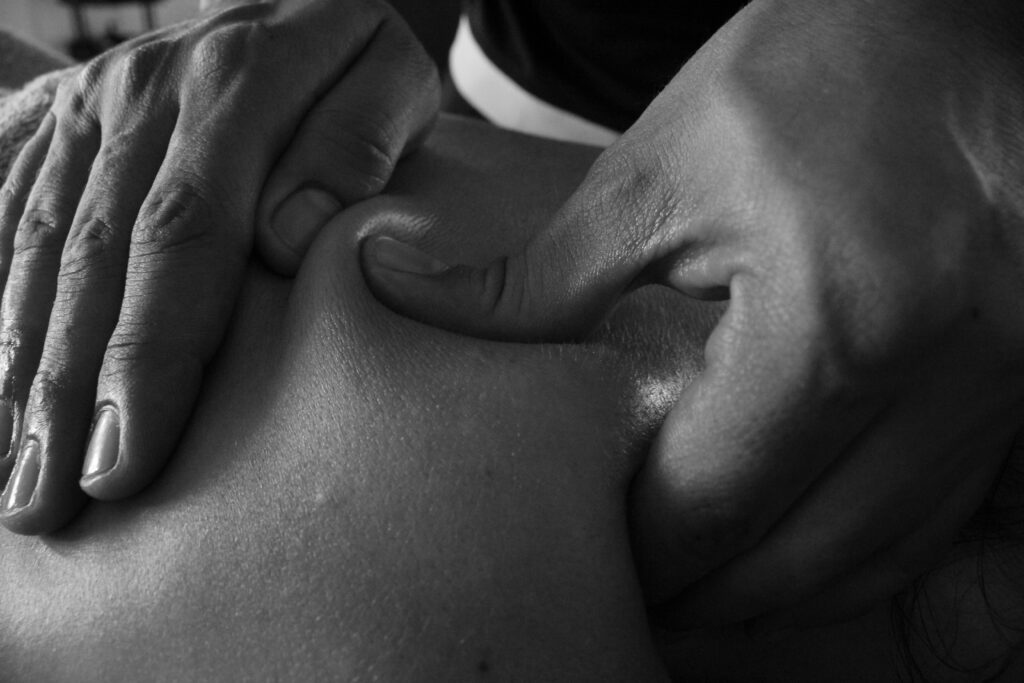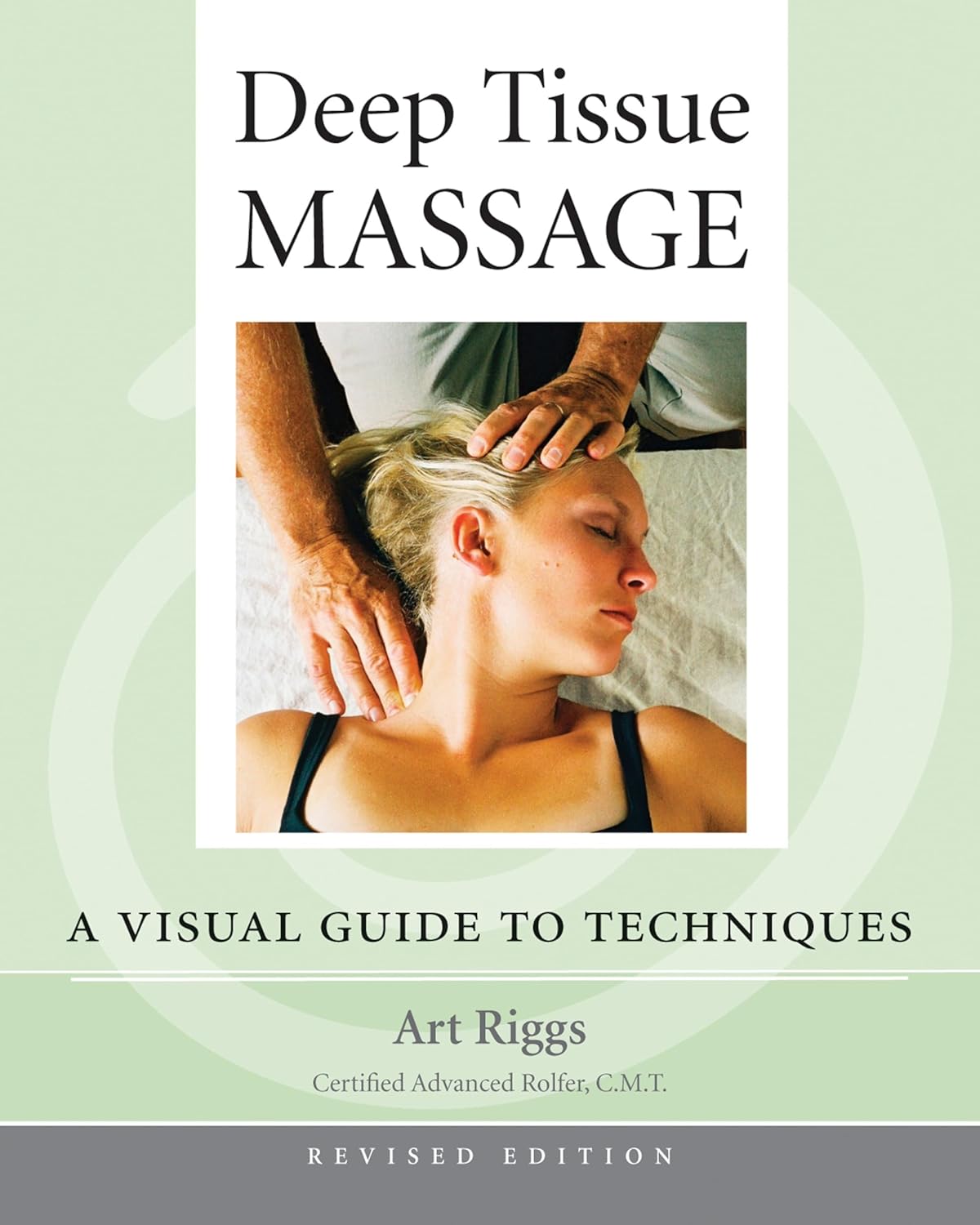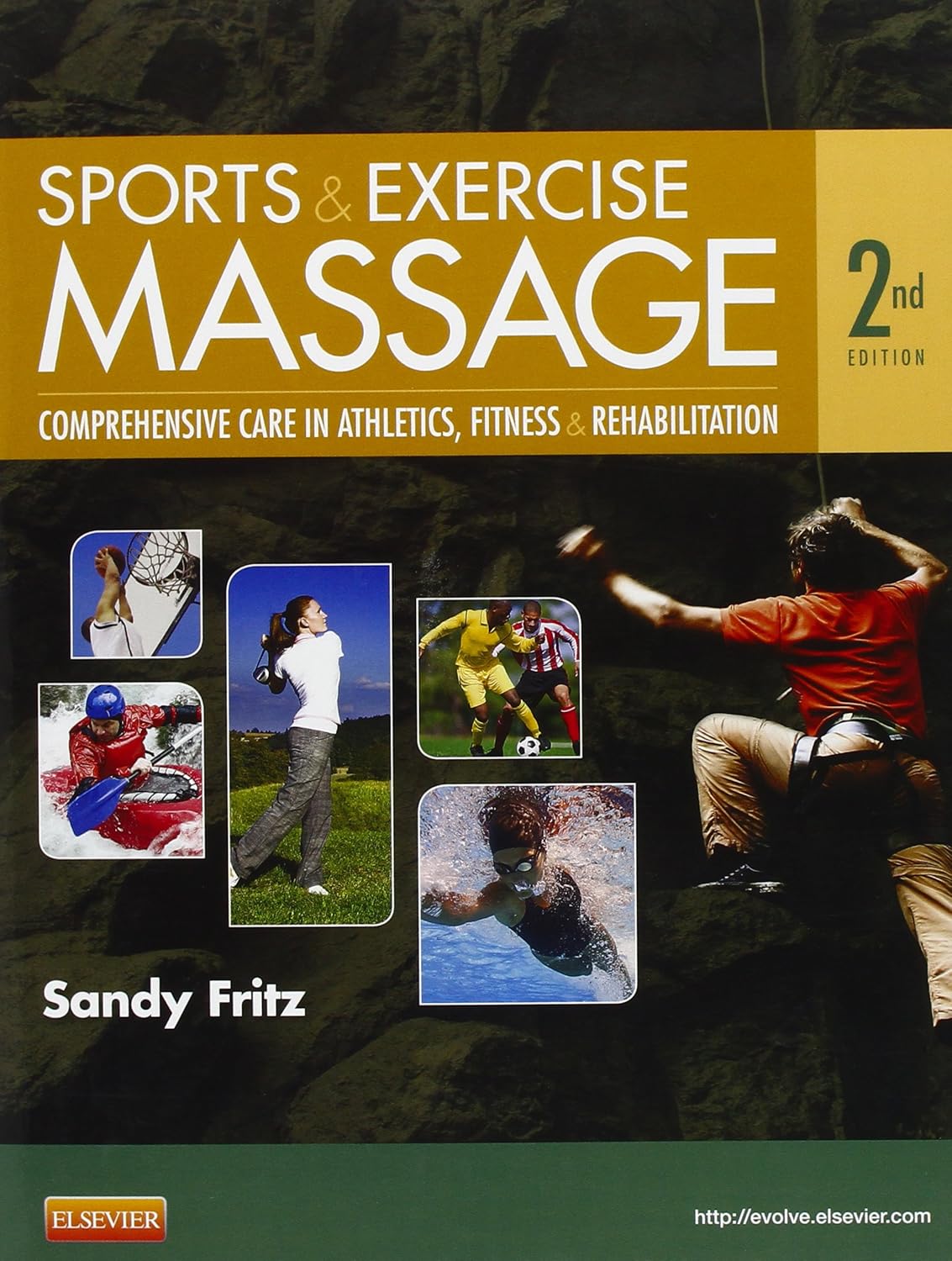The Differences Between Deep Tissue and Sports Massage for Athletic Recovery

Post-workout recovery practices are the foundation of any athlete’s routine. For anyone training for competition or simply staying active, how the body recovers after exercise directly affects performance, energy levels, and long-term results.
Massage therapy has become a go-to tool in many recovery routines. But with multiple types available, knowing which one to choose can be confusing. Two of the most common options for active individuals are deep tissue massage and sports massage. Both offer powerful benefits, but they are not the same.
Understanding the difference between deep tissue and sports massage is essential for making the right choice. Each type targets different layers of muscle and serves a unique purpose in an athlete’s recovery and performance strategy. Choosing the right one can help reduce soreness, prevent injuries, speed up healing, and keep the body moving well between sessions.
This article breaks down what each massage type involves, how they differ, and when to use them for the best results. If the goal is to bounce back after a hard session or to improve long-term mobility, knowing how to use massage correctly can make recovery more effective and training more sustainable.
What Is Deep Tissue Massage?
Deep tissue massage focuses on targeting the inner layers of muscle and connective tissue. The goal is to break down adhesions, release chronic muscle tension, and restore mobility in areas of the body that have become tight or restricted.
This type of massage uses slow, firm pressure, often with fingers, thumbs, elbows, or forearms. The therapist works layer by layer to reach deeper structures, making it particularly useful for addressing:
- Chronic pain or stiffness
- Muscle knots or trigger points
- Postural imbalances
- Restricted range of motion
- Long-term tension from repetitive use
Deep tissue massage is not always relaxing. It can feel intense and sometimes uncomfortable, especially when working through tight or scarred tissue. However, it can be very effective for releasing long-standing tension and restoring function when done appropriately.
Deep Tissue Massage, Revised Edition: A Visual Guide to Techniques by Art Riggs is a great resource to offer some background on deep tissue massage:

What Is Sports Massage?
Sports massage is specifically designed to support athletes in performance, recovery, and injury prevention. It uses a combination of techniques, including deep tissue work, stretching, joint mobilization, and sometimes active movement.
What makes sports massage unique is its adaptability. It can be tailored based on the timing of the athlete’s training or competition cycle:
- Pre-event massage focuses on stimulating muscles and improving circulation without causing fatigue
- Post-event massage helps flush out metabolic waste, reduce soreness, and promote relaxation
- Maintenance massage addresses minor imbalances or tightness to keep the athlete in peak condition
- Rehabilitation massage supports recovery from injury by improving tissue healing and reducing inflammation
Sports massage tends to be more dynamic than deep tissue massage. It often involves movement, muscle activation, and communication between the therapist and the athlete to target specific muscle groups used during sport. A resource for understanding what your therapist is doing during sports massage is Sports & Exercise Massage: Comprehensive Care for Athletics, Fitness, & Rehabilitation by Sandy Fritz.

Key Differences Between Deep Tissue and Sports Massage
| Feature | Deep Tissue Massage | Sports Massage |
| Primary Focus | Chronic tension and muscle dysfunction | Athletic performance, recovery, and injury prevention |
| Pressure Level | Firm to very deep | Variable, based on phase of training or recovery |
| Techniques Used | Slow, targeted pressure on deeper muscles and fascia | A mix of massage, stretching, and mobilization |
| Best For | Long-term tightness, postural issues, overuse injuries | Active recovery, pre- or post-competition care, muscle maintenance |
| Goal | Break down adhesions, release chronic tightness | Support muscle function, reduce fatigue, prevent injury |
Which One Should Athletes Choose?
The choice between deep tissue and sports massage depends on the individual’s training phase, goals, and body condition.
- Choose deep tissue massage when dealing with chronic tension, lingering soreness that does not respond to lighter treatments, or muscular imbalances caused by poor posture or repetitive strain. It is often more therapeutic and ideal during rest phases or deload weeks.
- Choose sports massage when actively training, recovering from an event, or preparing for a competition. It is designed to be supportive, not overly intense, and is often used as part of an ongoing performance strategy.
Some athletes may benefit from alternating both, depending on the time of year, intensity of training, and specific needs. Working with a licensed massage therapist familiar with athletic recovery can help tailor a plan that blends the two approaches as needed.
Additional Tips for Maximizing Massage Benefits
- Hydrate before and after your massage to support tissue recovery and metabolic waste removal. One method of power hydration is drinking hydrogen-rich water.
- Communicate openly with your therapist about pain tolerance, tight areas, or training goals
- Use massage as part of a larger recovery plan, including sleep, nutrition, stretching, and active rest
- Avoid scheduling intense training immediately after deep tissue sessions, as muscles may need time to adapt
- Be consistent, especially during heavy training blocks or competition seasons, to get long-term benefits
Conclusion
Both deep tissue and sports massage have value in athletic recovery. Deep tissue helps resolve long-standing tension and movement restrictions, while sports massage supports performance and manages muscle stress in real time.
For athletes, the best approach often lies in understanding when to use each technique and how to integrate massage into a broader recovery strategy. With the right guidance and regular practice, massage therapy can become a key contributor to improved recovery, enhanced performance, and long-term physical resilience.
Recovery Essentials Hub is your key to constructing the best post-workout recovery routine for your lifestyle and routine. Visit us for the latest information on supplements, helpful gear, and tips for all athletes.
This post contains affiliate links. If you click on one and make a purchase, I may earn a commission at no additional cost to you. Rest assured, I only recommend products or services I believe will provide value to my readers.


